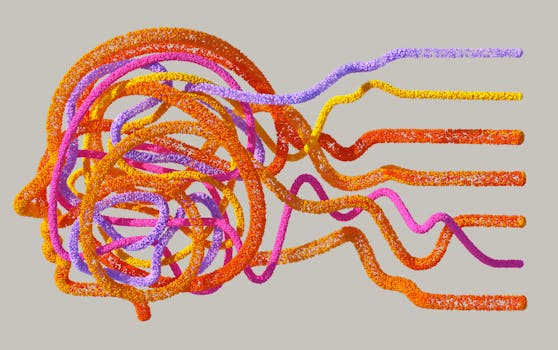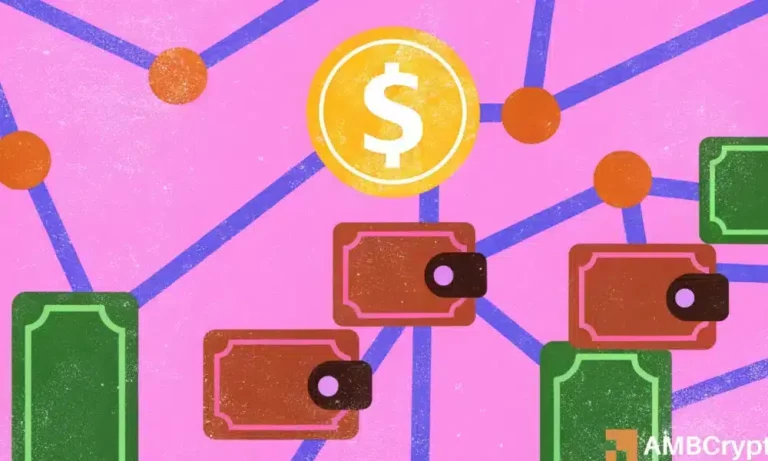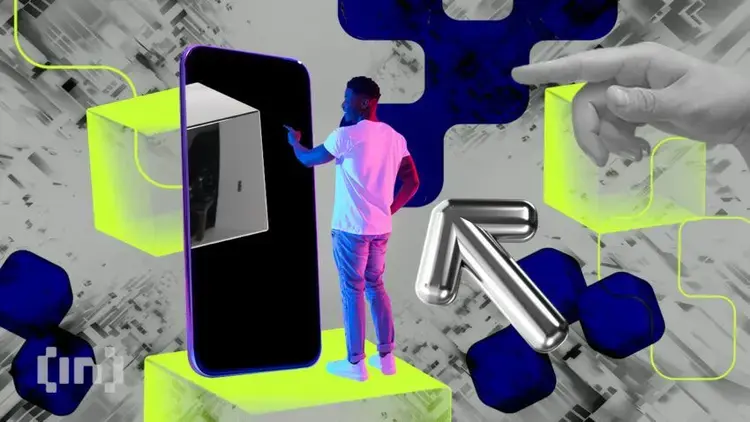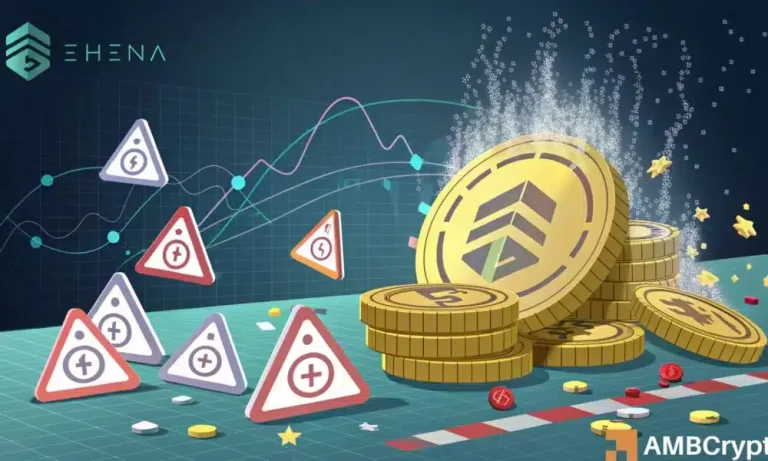
Technological Innovations Shaping 2025: A New Era of Possibilities
Technological innovations are transforming the world at an unprecedented pace, and 2025 is expected to be a landmark year for emerging trends and technologies. From artificial intelligence to the Internet of Things, these innovations are poised to revolutionize the way we live, work, and interact with each other.
Section 1: Artificial Intelligence and Machine Learning

Artificial intelligence (AI) and machine learning (ML) are two of the most significant technological innovations shaping 2025. AI refers to the development of computer systems that can perform tasks that typically require human intelligence, such as visual perception, speech recognition, and decision-making. ML, on the other hand, is a subset of AI that involves the use of algorithms and statistical models to enable machines to learn from data and improve their performance over time.
AI and ML are being applied in a wide range of industries, from healthcare and finance to transportation and education. For example, AI-powered chatbots are being used to provide customer support and answer frequently asked questions, while ML algorithms are being used to analyze medical images and diagnose diseases more accurately.
Section 2: Internet of Things and 5G Networks

The Internet of Things (IoT) refers to the network of physical devices, vehicles, and other items that are embedded with sensors, software, and connectivity, allowing them to collect and exchange data. The IoT is expected to play a major role in shaping 2025, with the number of connected devices projected to reach 41 billion by the end of the year.
5G networks are also expected to play a crucial role in enabling the IoT, with their faster data speeds, lower latency, and greater connectivity. 5G networks will enable the widespread adoption of IoT devices, from smart home appliances to autonomous vehicles, and will also enable new use cases such as remote healthcare and virtual reality.
Section 3: Blockchain and Cybersecurity

Blockchain technology is another significant innovation that is shaping 2025. Blockchain refers to a decentralized, distributed ledger that records transactions across a network of computers. It is the underlying technology behind cryptocurrencies such as Bitcoin and Ethereum, but it has many other uses, from supply chain management to voting systems.
Cybersecurity is also a major concern in 2025, with the increasing number of connected devices and the rise of IoT creating new vulnerabilities and risks. As a result, there is a growing need for robust cybersecurity solutions that can protect against threats such as hacking, phishing, and malware.
Section 4: Emerging Trends and Technologies

There are several emerging trends and technologies that are expected to shape 2025, from augmented and virtual reality to quantum computing and biotechnology. Augmented reality (AR) and virtual reality (VR) are expected to become more mainstream, with applications in gaming, education, and healthcare.
Quantum computing is also expected to play a major role in shaping 2025, with its potential to solve complex problems that are currently unsolvable with traditional computers. Biotechnology is another area that is expected to see significant advancements, with the development of new treatments and therapies for diseases such as cancer and Alzheimer’s.
Section 5: Conclusion

In conclusion, technological innovations are transforming the world at an unprecedented pace, and 2025 is expected to be a landmark year for emerging trends and technologies. From AI and ML to IoT and 5G networks, these innovations are poised to revolutionize the way we live, work, and interact with each other. As we look to the future, it is clear that technology will play an increasingly important role in shaping our world and creating new possibilities.





